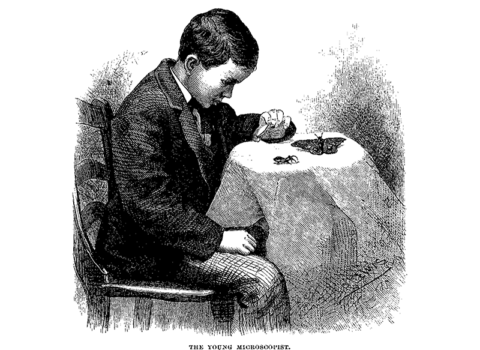America’s Peculiar Political Correctness
“I don’t see how you can properly cover a news story without showing the reader or viewer one of the key elements that made the story a story ”
While making the rounds of U.S., French, and Canadian television news shows last week, I realized that the French journalists and cartoonists who were murdered, in theory, could have been me or some of my American colleagues. But it wasn’t so much fear that stressed me in the 72 hours following the shootings at Charlie Hebdo. After all, I was being interviewed about familiar subjects that have been fundamental to me for most of my working life — principles of freedom that I’ve talked and written about for many years.
Yet in my interviews I found myself facing a contradiction that divides American journalism at a time when there is an urgent need for worldwide solidarity against censorship enforced by violence. Although some magazines and websites showed the covers of Charlie Hebdo that had given offense — The New Yorker and The Huffington Post were quick to do so, while the Washington Post obscured one cover before deciding to print another — many other news outlets, notably the New York Times and the Associated Press, did not. Meanwhile, television news networks like CNN and MSNBC absolutely declined to show the images that provoked the bloodshed.
In such situations, journalism bosses obviously have to consider the safety of their employees, the traditions of their company, and the current political climate. But at Harper’s Magazine, which has a history of defending writers and satirists confronted by the anger of Islamic fundamentalists, we didn’t really have a choice to duck.
In December 1988, we published an excerpt of Salman Rushdie’s The Satanic Verses (“Untime of the Imam,” Fiction). After Khomeini’s fatwa was declared, we led a counter protest that resulted in a public reading of the novel in New York by prominent authors.
In June 2006, Harper’s published an essay by Art Spiegelman (“Drawing Blood,” Criticism) that critiqued the famous Danish caricatures of the Prophet Mohammad and ruminated on the purpose of satiric cartooning. To accompany the essay we printed the caricatures along with several others, including some sponsored by Iranian and Israeli anti-Semitic contests that portrayed Jews in an unflattering light. The point Spiegelman wanted to make was that “offense” often depends on whose ox is being gored and by whom.
Spiegelman, who is Jewish, and a graphic chronicler of the Holocaust, took pains to note that having grown up “with two parents who survived Auschwitz, I had to reconcile myself long ago to the occasionally painful consequences of supporting free speech.” Thus did he quote Louis Brandeis, the first Jewish justice on the U.S. Supreme Court: “If there be time to expose through discussion the falsehood and fallacies, to avert the evil by the processes of education, the remedy to be applied is more speech, not enforced silence.”
Self-censorship, whether on the grounds of security or taste, is no remedy to violence by fanatics. I know that the editors at the Times and the Associated Press would argue that not publishing the Charlie Hebdo covers constitutes editorial and managerial judgment, not fear-induced timidity, and that there were plenty of other places one could examine these blasphemies against Islam.
Still, I don’t see how you can properly cover a news story without showing the reader or viewer one of the key elements that made the story a story — just as Art Spiegelman couldn’t review the Danish caricatures without presenting them, so that the readers of Harper’s could make an informed analysis. I don’t believe in provocation for its own sake, but I respect the point of view of the thoughtful provocateur. The goal of satire is to provoke a reaction, even to wound, in order to make a political point and, as Brandeis hoped, to advance understanding. If we don’t defend the provocation by showing what it is, we can’t adequately justify the principle that permits the provocation to take place.
The U.S. news media’s reaction to the murders at Charlie Hebdo reveals a peculiar form of American political correctness. I heard it during the Rushdie crisis when, shortly before our protest reading began, Susan Sontag, then president of PEN, tried unsuccessfully to persuade me that the writers should read from sources other than the novel itself, so as to be more polite to Muslims. It’s this make-nice sensibility, as much as raw fear, that in 2012 caused former White House spokesman Jay Carney to say of another Charlie Hebdo blowup, “We don’t question the right of something like this to be published — we just question the judgment behind the decision to publish it.” That excuse may be why no Cabinet-level U.S. official marched in Sunday’s huge Paris rally.
Some are trying to make the Charlie Hebdo massacre into the “French 9/11.” As a dual citizen, I don’t agree with the comparison. Sunday, on French TV, cartoonists were shown live, drawing new satires for all to see. The French view freedom of expression as something to be used, not just something to be protected.



